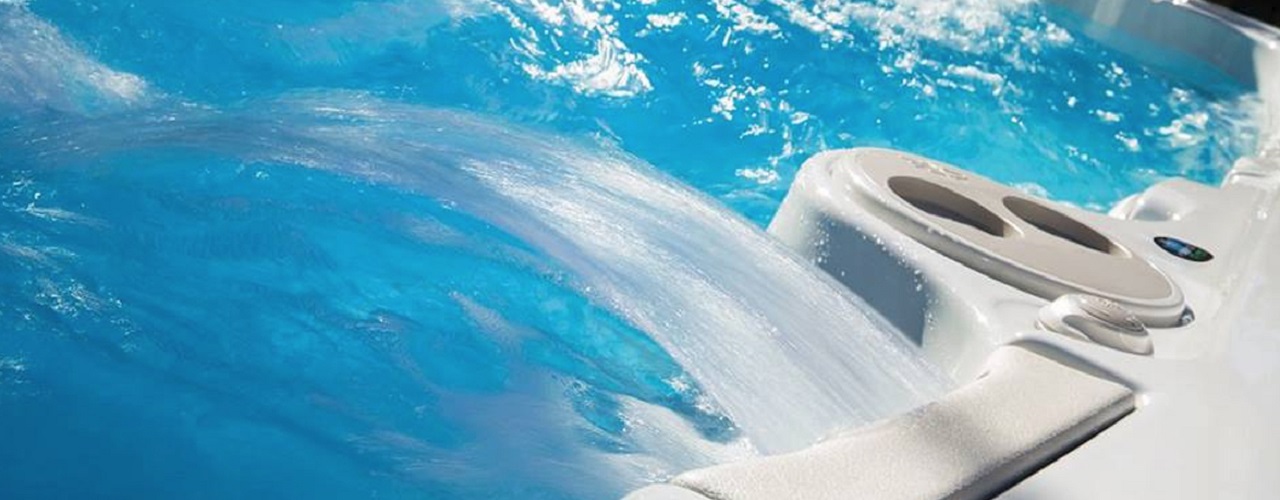Understanding Hot Tub Chemistry
If you own a hot tub, you know that having water that is clean, clear, and safe for you and your guests is crucial. Understanding how to keep your hot tub's chemistry balanced will not only ensure that your water is in top condition, but it will also keep your hot tub equipment running strong.
Below you'll find out more about the basics of hot tub chemistry so you can keep your hot tub looking its best.
Chlorine Versus Bromine
Chlorine and bromine are both sanitizers. This means they kill viruses and bacteria and prevent algae from growing in your hot tub. Chlorine is more commonly known than bromine and is extremely effective in creating clear, clean, disinfected water. You can choose from easy to use tablet or granule forms. Chlorine levels should always be between 3 and 5 mg/l.
Bromine is preferred by some hot tub owners because it is a mixture of sodium bromide and chlorine. Because of this, it doesn't have the overpowering smell that chlorine is known for. Bromine also comes in tablet or granule forms and is just as easy to use as chlorine. To keep your hot tub clean and safe, bromine levels should stay between 3 and 6mg/l.
Hot Tub Shocking
Shocking your hot tub with chemicals is a practice all hot tub owners should be familiar with. Every so often, shocking your hot tub will destroy odors, oils, dirt, and dead organic material. Specialized shock products are available, including non-chlorine shocks with water clarifiers and pH buffers. For simplicity, you can skip buying a product and simply apply chlorine or bromine at a higher level.
Alkalinity for Stability
The total alkalinity (TA) level of your hot tub is a strong indication of how well your water is able to maintain a stable pH level. Ideally, TA should be between 125 and 150mg/l. If your TA is lower than this, corrosion will result. If it is higher, the water will become cloudy. An important beginner's tip regarding adjusting the TA is to adjust the total alkalinity before you check the pH. Because TA has the ability to influence the pH, adjusting it first will make sure the pH remains in balance.
Keep Your pH Level Steady
Your hot tub's pH level is a measure of its alkalinity or acidity and can easily be determined by using test strips. If the pH range is between 0 and 6 that means your water is acidic. If the pH is 7, your water is neutral. If the reading is between 7 and 14, your water is basic. When adjusting pH, you want it to be right in the middle, between 7.4 and 7.8. At this slightly basic level, you'll achieve the best possible sanitation. Not only is pH balance important for keeping your hot tub safe, but it also protects your hot tub equipment. If your pH level falls below 7, within three weeks it can damage your jets, pump seals, and head cushions. If you notice a low pH reading, make sure to fix it as quickly as possible.
Calcium Regulation
Whenever you fill your hot tub with new water, check the calcium level. It should stay between 100 and 200 mg/l. At lower levels, you'll experience corrosion while higher levels can create cloudy water and calcium deposits that can cause serious problems for the heating element, equipment, and shell. Fortunately there are many products available to balance the calcium in your hot tub and remove deposits if necessary. Your dealer should be able to recommend the best product for your needs.
Now that you've learned a bit about hot tub chemistry, download our buyer's guide and start looking for the right hot tub for your lifestyle.








